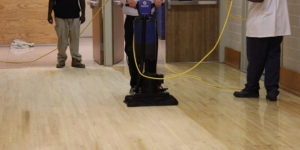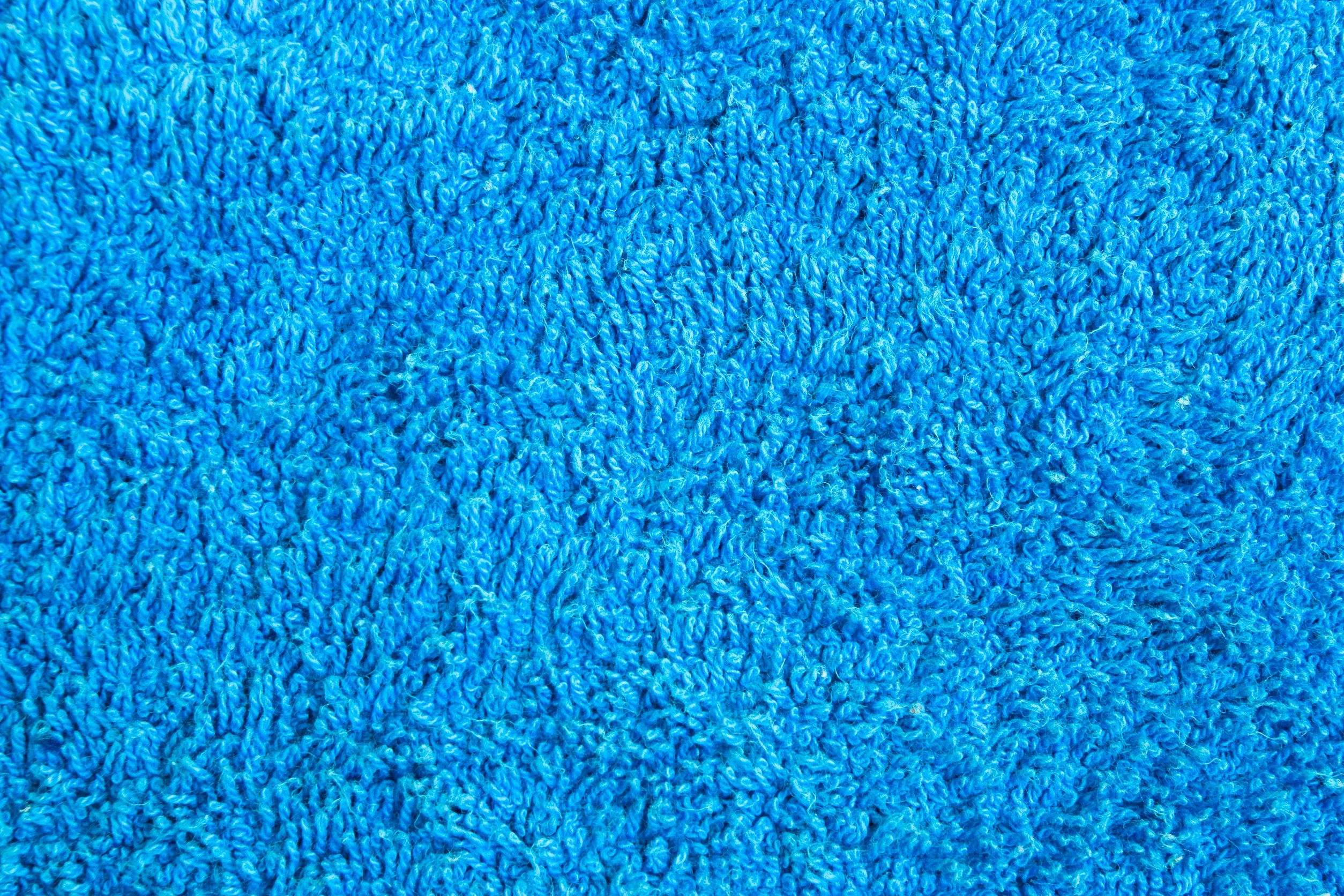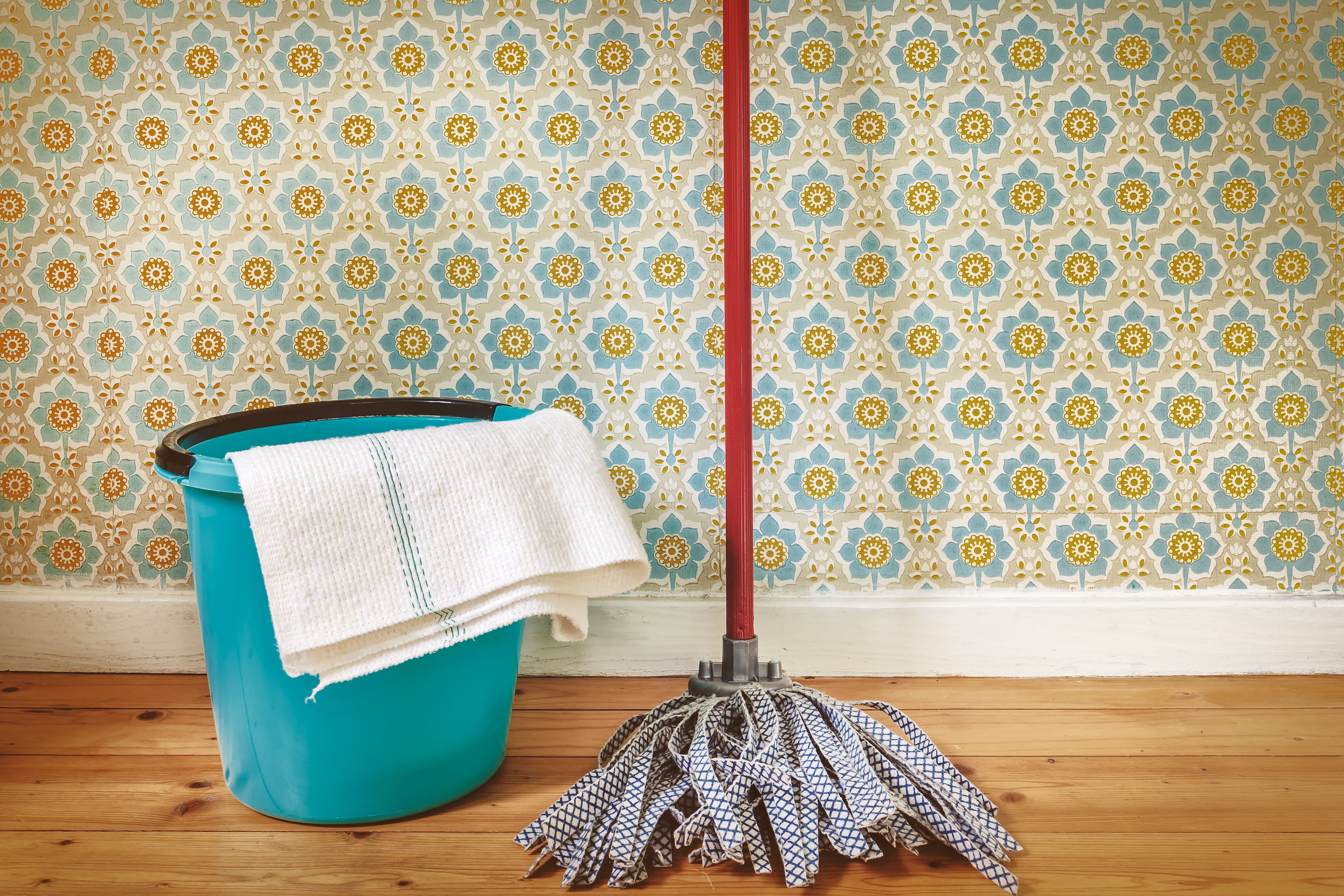
On the surface, ultra-durable finish seems to be an efficient, cost-saving, and long-lasting solution to your floor finishing needs, especially in hospitals where substances like hand sanitizer can erode less durable finishes - leaving white marks or black spots underneath and around the sanitizer dispensers. After a while, however, you will find scratches in the surface and wish you could strip and refinish your floors, but the thickness and strength of ultra-durable finishes make this task costly and extremely tough to do.
Does that sound familiar? You’re not alone. Even the most advanced “ultra-durable” finish will show imperfections after enough wear. When it comes time for stripping, these finishes require extra effort (and labor expense) as well as pricey chemicals. The solution to this challenge is getting your hands on the right tool to tackle the job.
The Right Floor Machine.
Ultra-durable finish is not like other conventional finishes. You’ll either need harsh chemicals or a high-powered machine to get the job done. The most important factors to look for are high down pressure and high pad rpms. The higher your machine’s down pressure - or to put it another way, the more forced weight that is applied to the floor – the greater the impact of the finish removal process. Also, a well-designed unit will drive most of the vibration created by the orbital head oscillation down through the scrub head instead of transferring this energy back through the machine. If you can feel vibration at the handle when operating the scrubber, then your scrubber has lost that momentum in the surface-to-pad contact. Immense power and high rpms are necessary to remove ultra-durable finish.
Currently on the market, Pacific Floorcare’s orbital scrubbers are the only of their kind that have successfully applied enough down pressure and rpms to lift ultra-durable finish. Request a demo of their machines in action to see for yourself (Link to contact form).
The Right Stripper.
No ordinary stripper is going to cut through this type of thick, chemical-resistant finish. Ultra-durable finish was designed to not require stripping and refinishing - even though this claim almost never holds up in high traffic areas like hospitals - so the stripping product you use has to be just as tough. However, in sensitive environments like hospitals, aggressive solvent-based strippers can emit unpleasant odors and fumes that are guaranteed to make patients and hospital staff uncomfortable.
Safety should always come first when considering the type of stripper to use. The key is to use a less aggressive biochemical stripper that is butyl-free. These environment-friendly options are often just as powerful as traditional strippers when used with powerful machines that can deliver the solution to ultra-durable finish effectively.
The Right Finish.
After you’ve managed to strip the ultra-durable finish from the floor surface, it’s time to apply finish. If you want to reapply ultra-durable finish, it will continue to be difficult to strip as time goes on. You’ll need the heavy-duty strength of high down pressure floor machines each time, so you may need to invest in a new fleet of machines. If you have the proper equipment and want reduce labor associated with repeated resurfacing, ultra-durable finish is still a viable option.
If you’d rather not use ultra-durable finishes, there are a couple alternatives. You may think that conventional finishes won’t hold up in high-traffic areas, but as finishing technology has advanced, product performance has improved significantly in wear resistance and resurfacing frequency. There are also newer “hybrid” finishes that offer the chemical and water protection found in ultra-durable varieties but are also easily stripped like conventional finishes.
If you’re ready to resurface your ultra-durable finish, check out Pacific Floorcare’s line of automatic scrubbers and orbital floor machines to get started.
Get a free orbital scrubbing guide right here:




